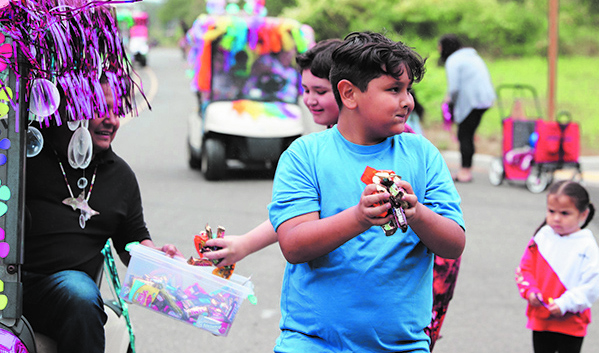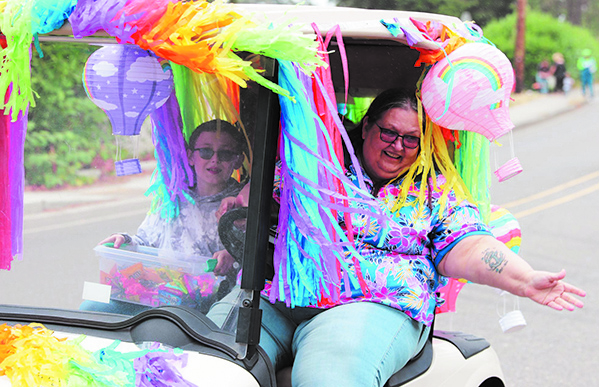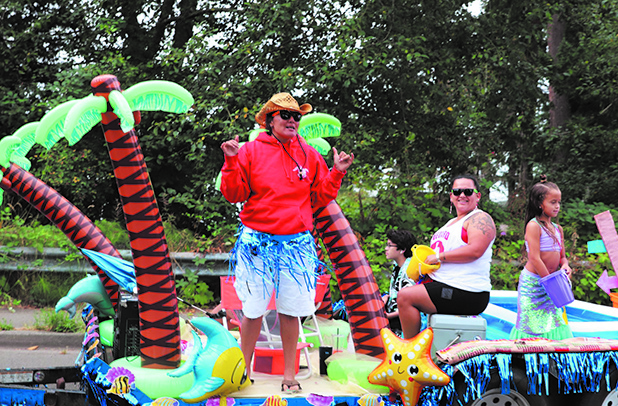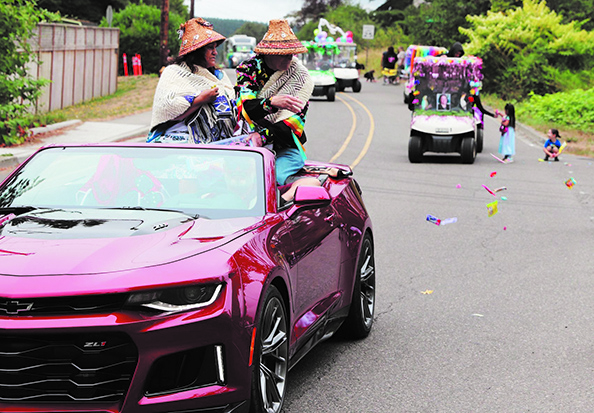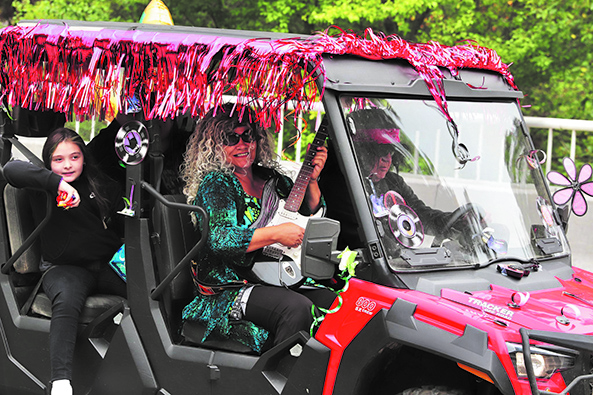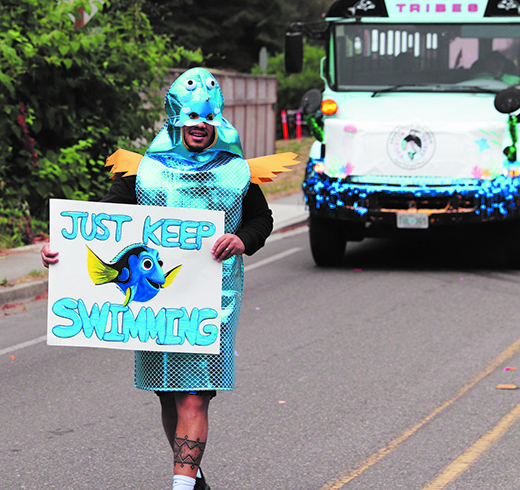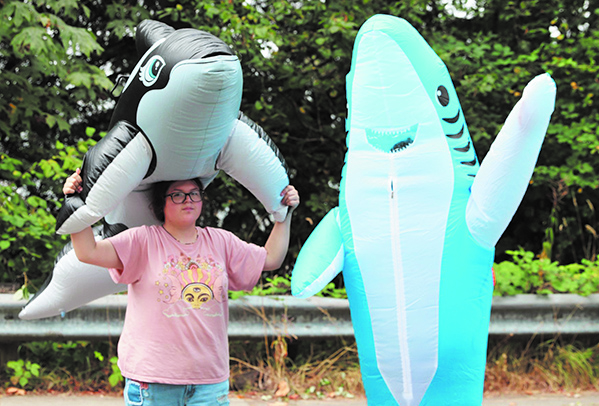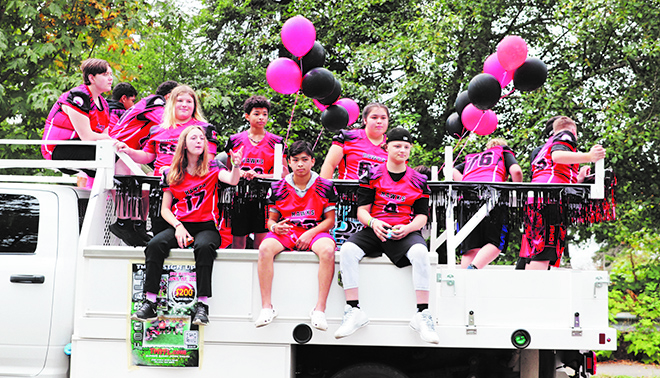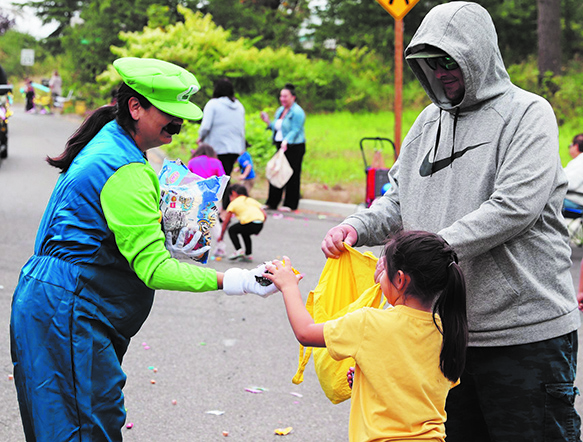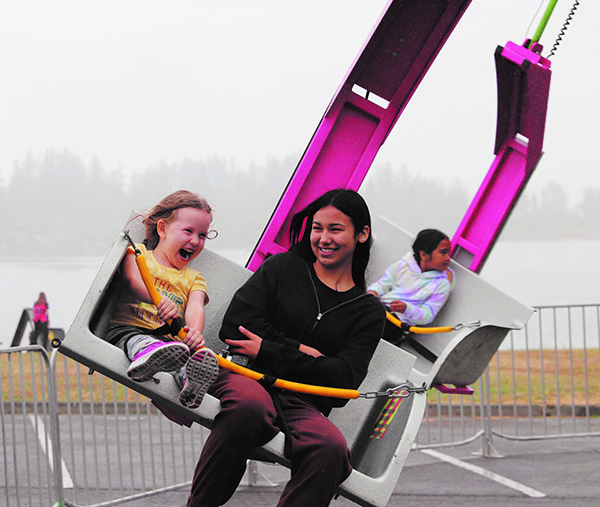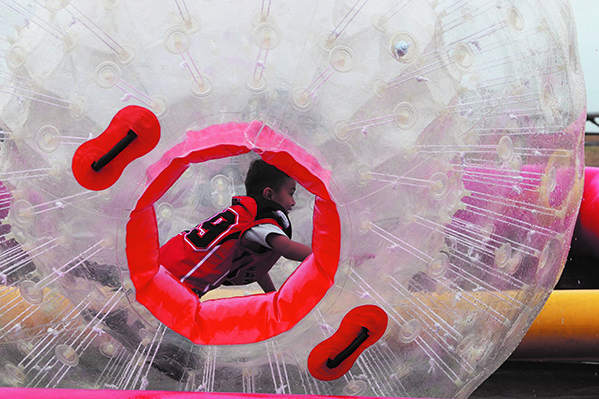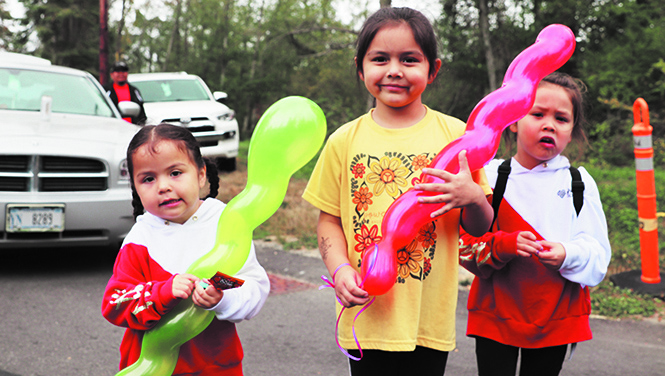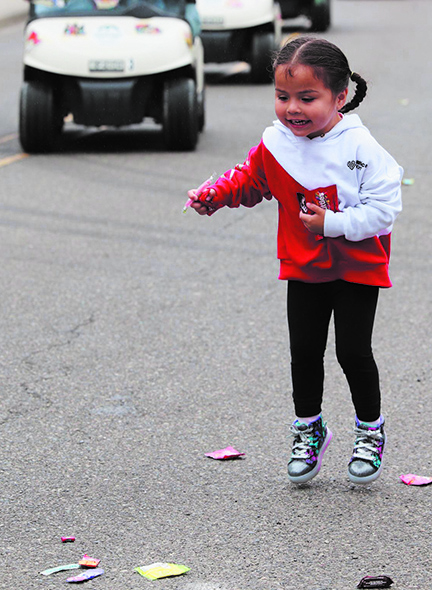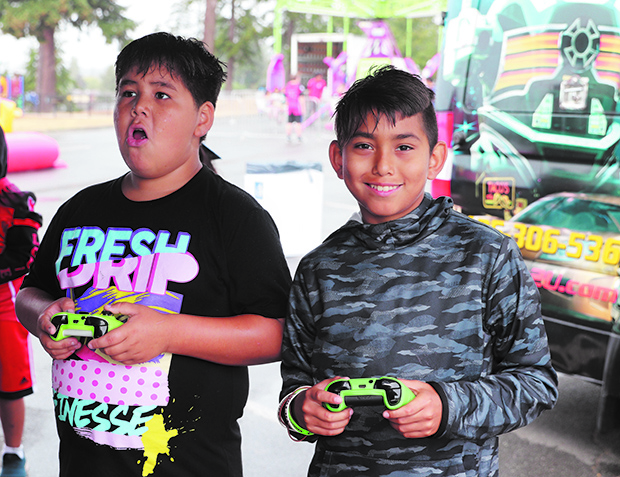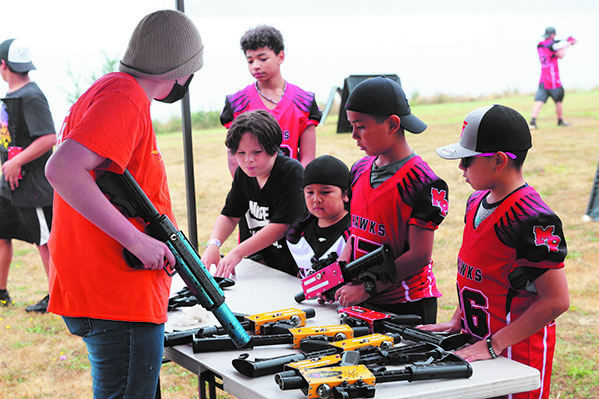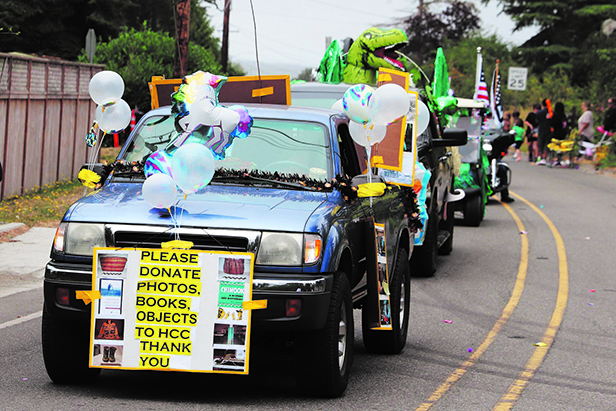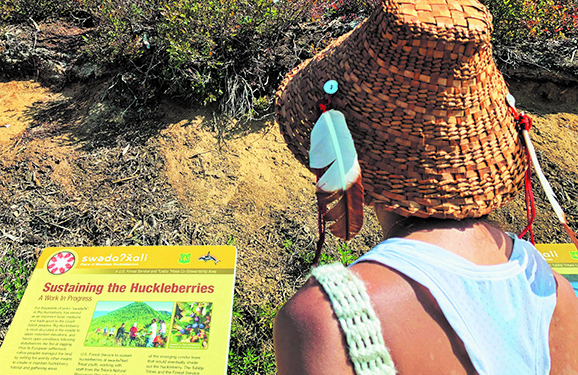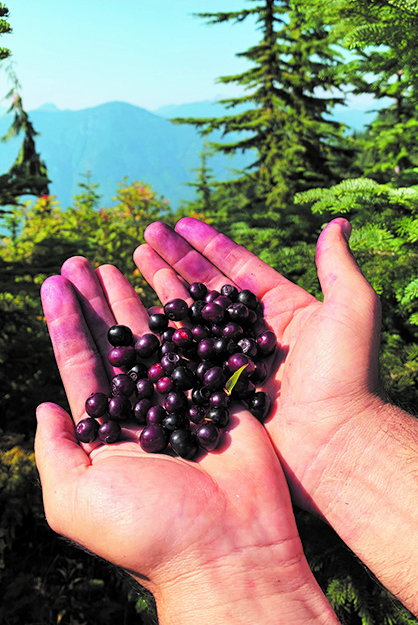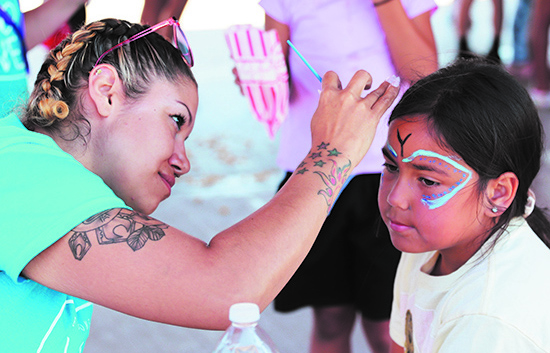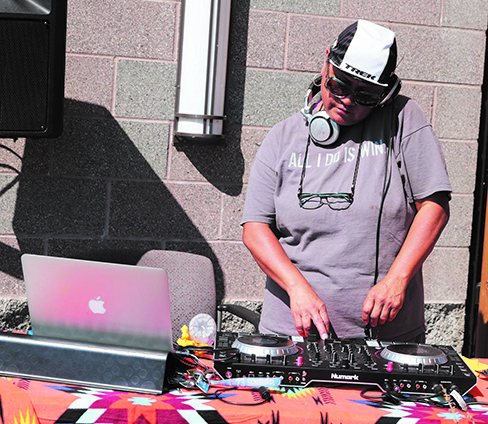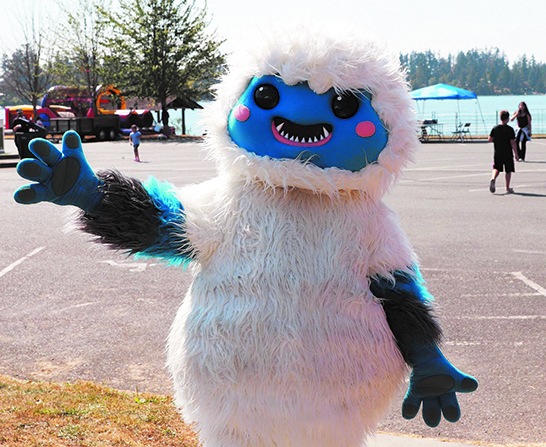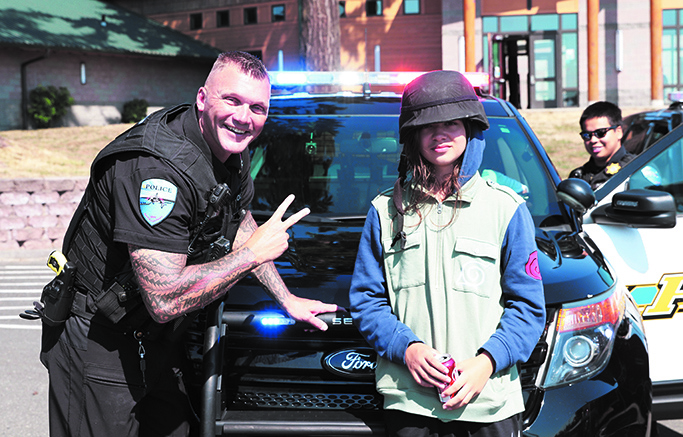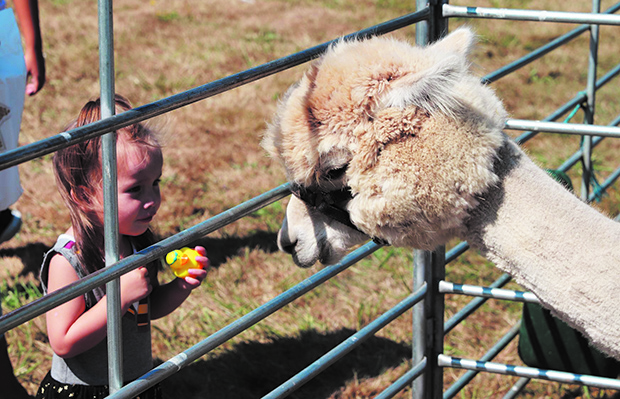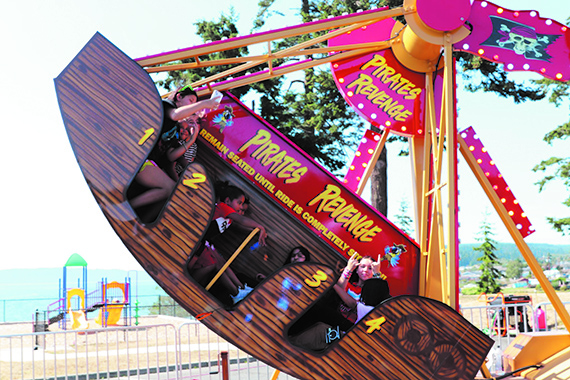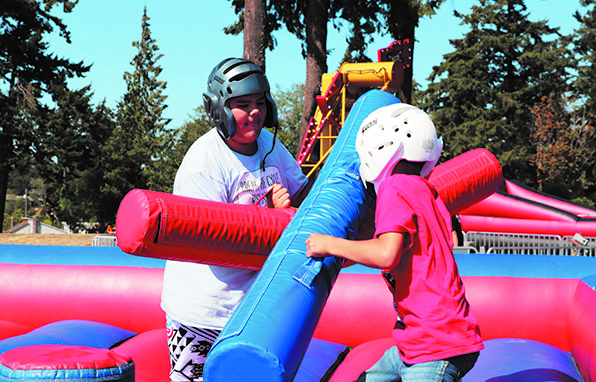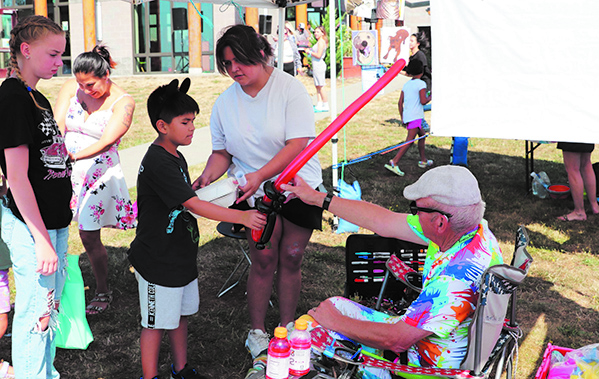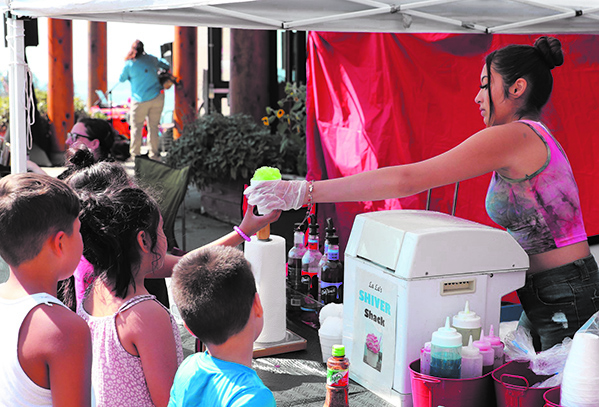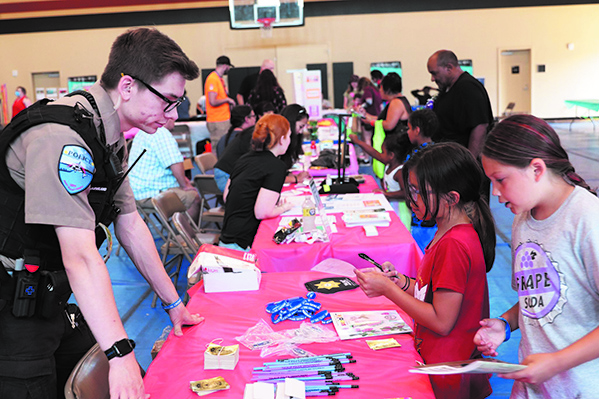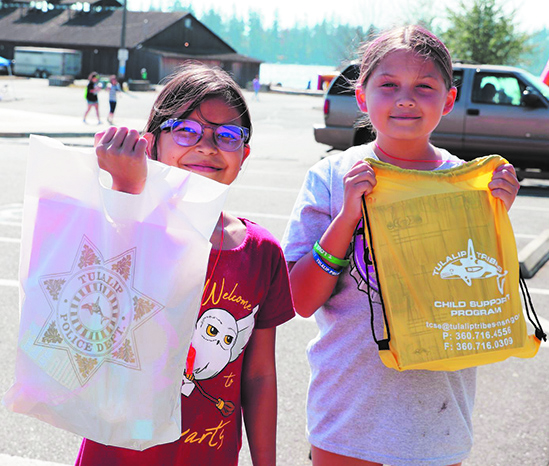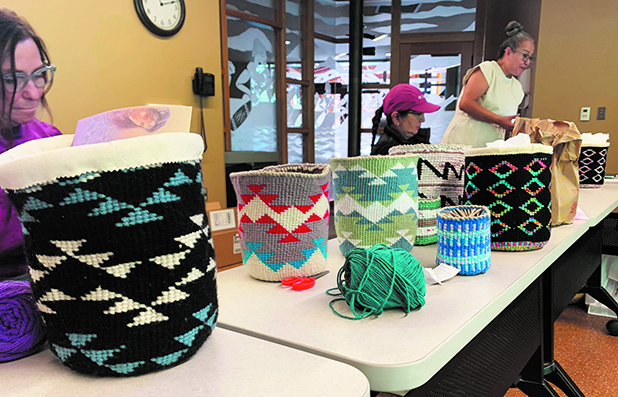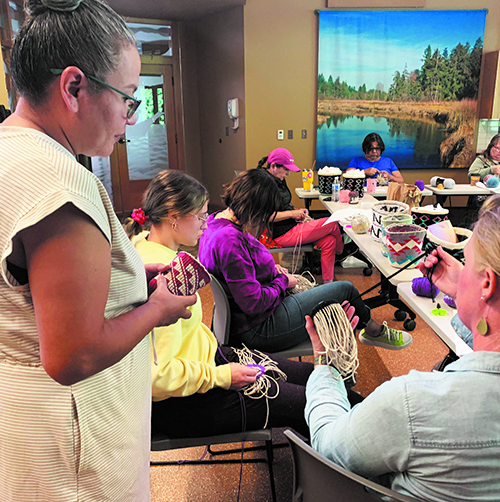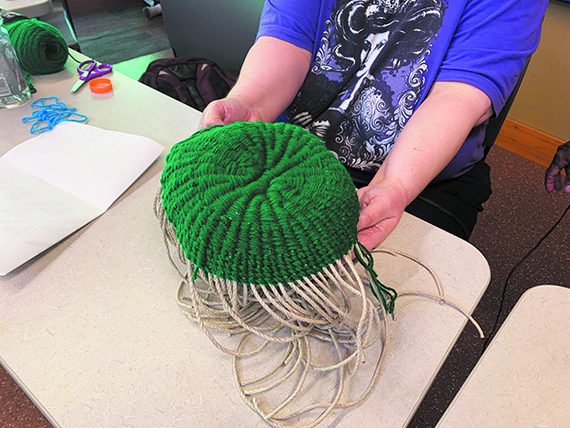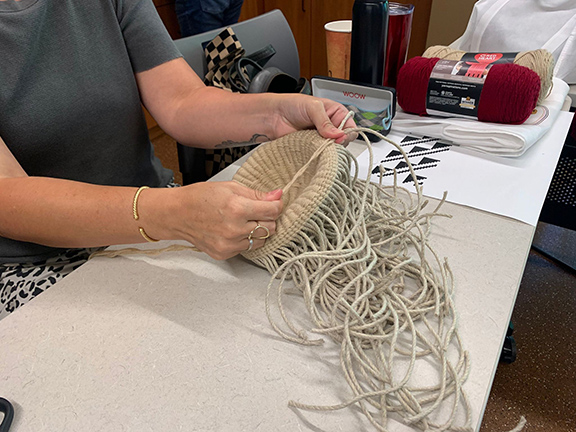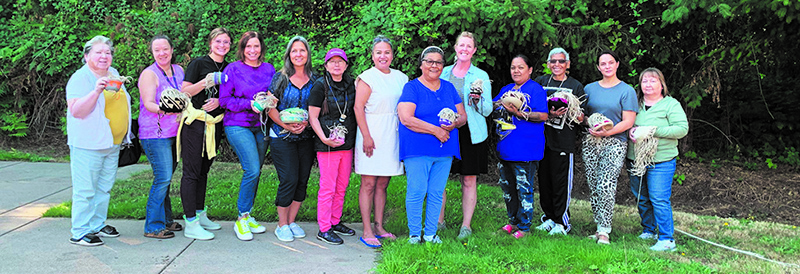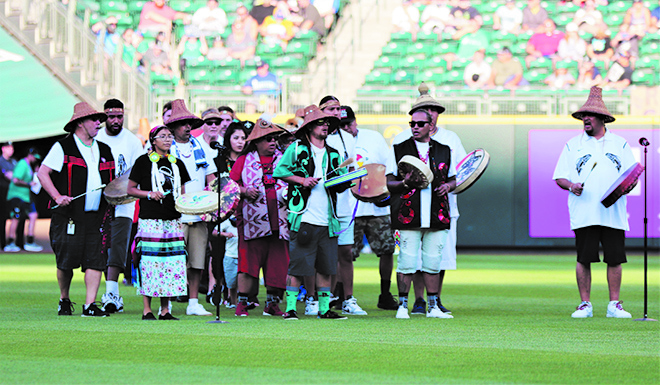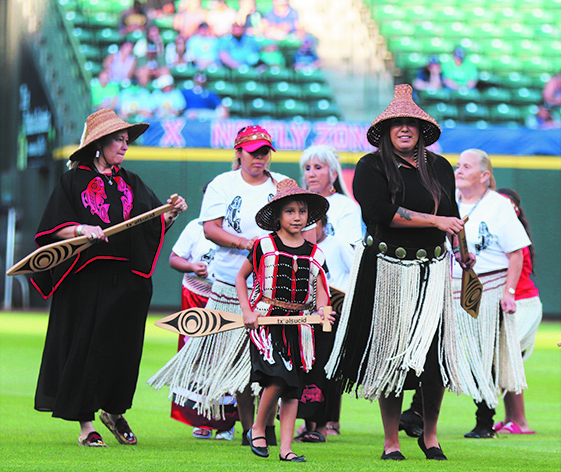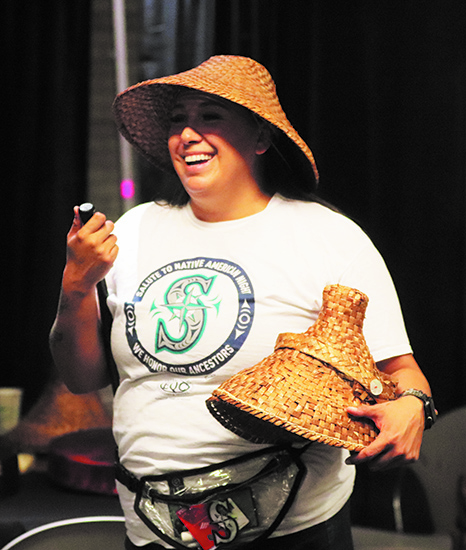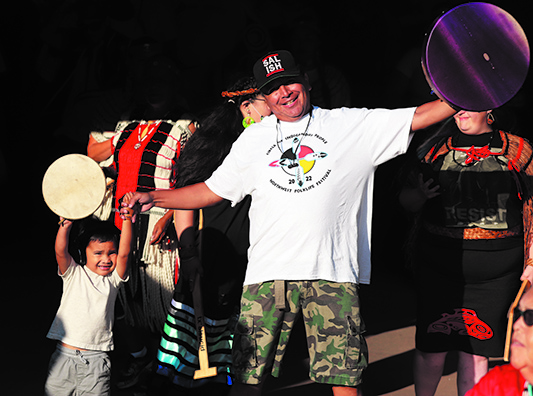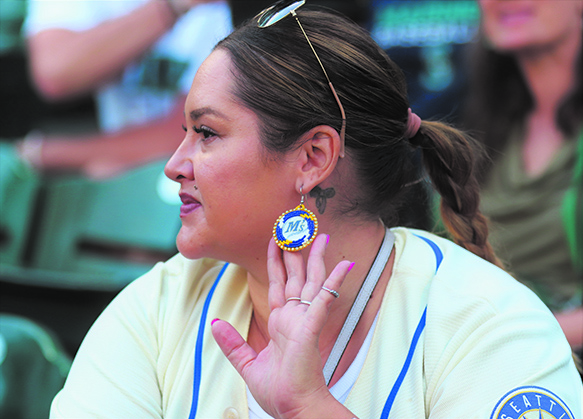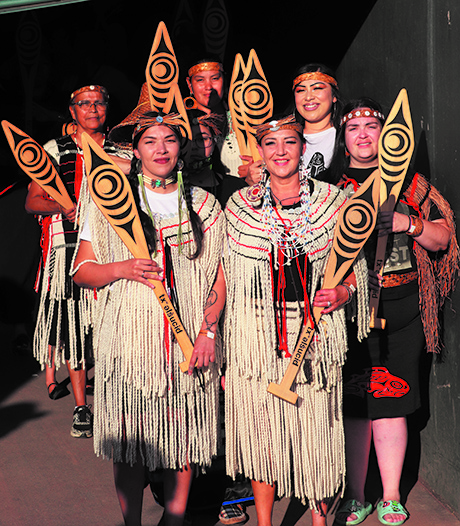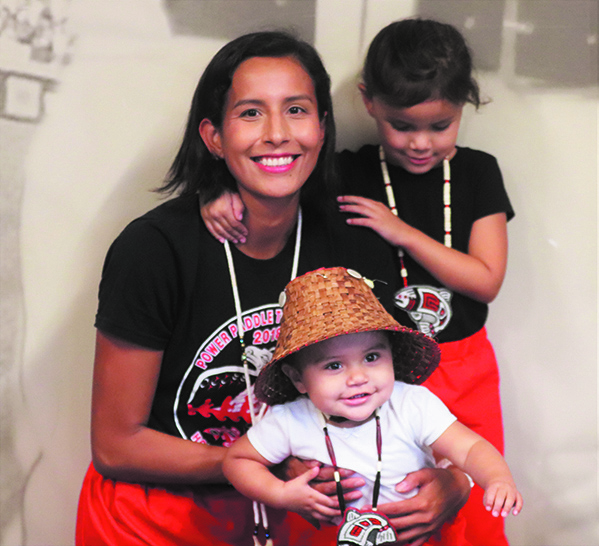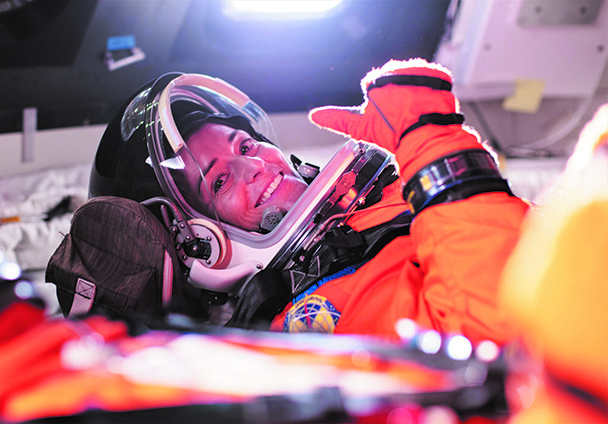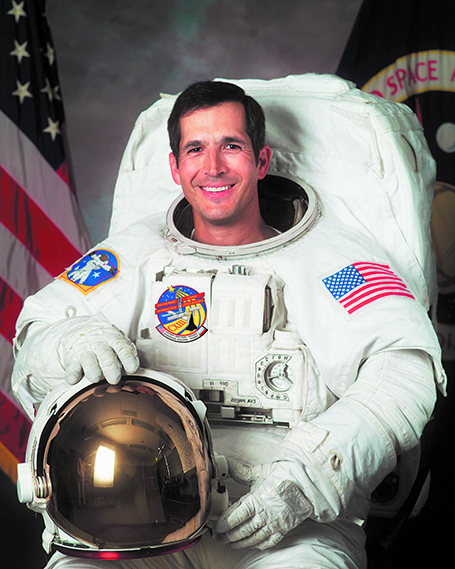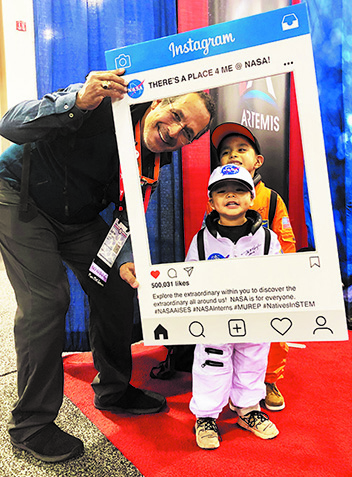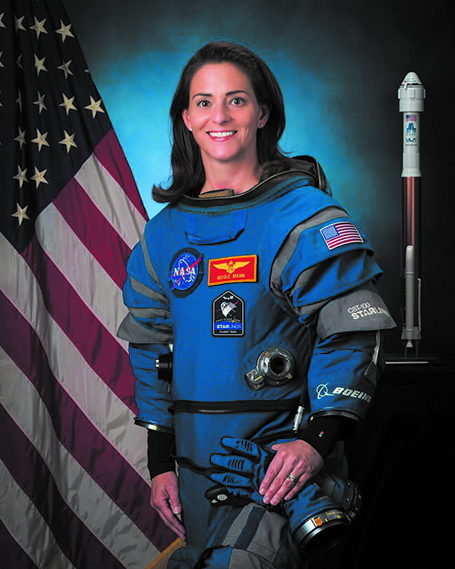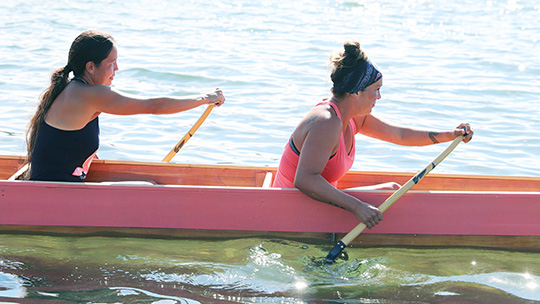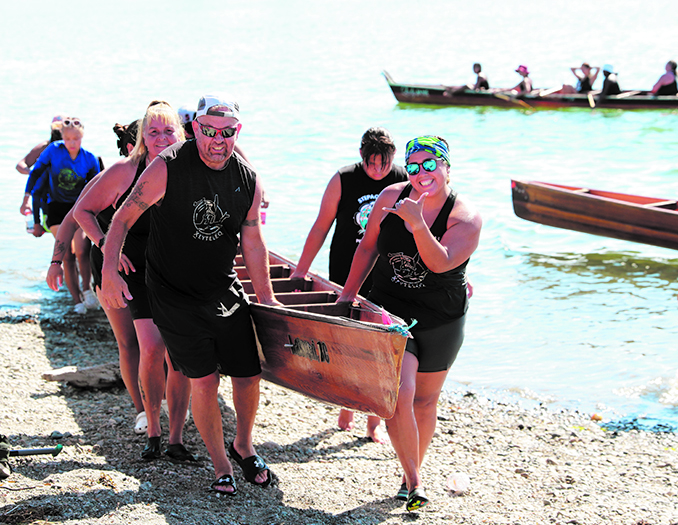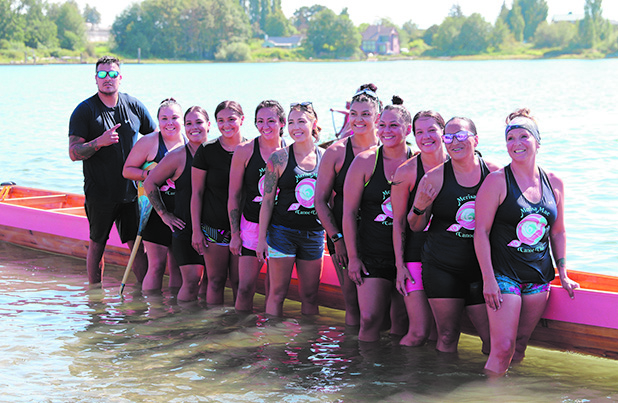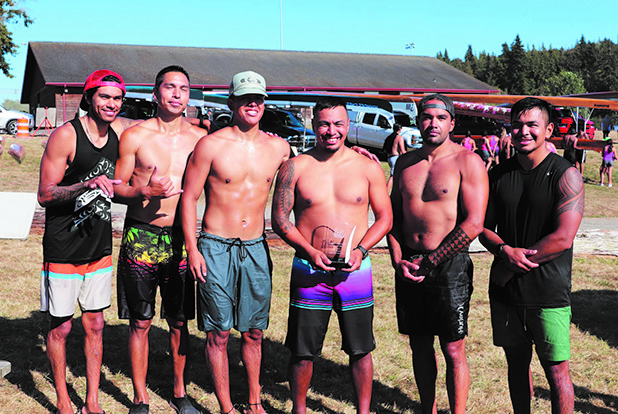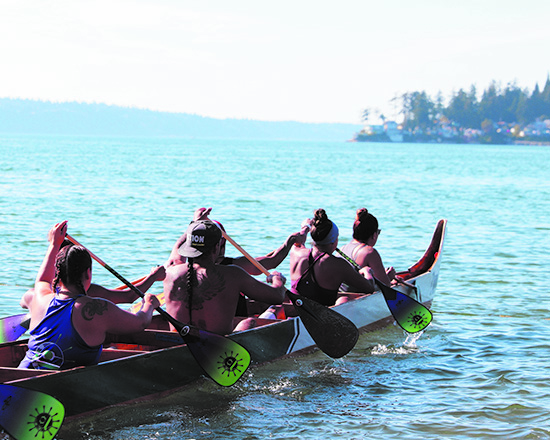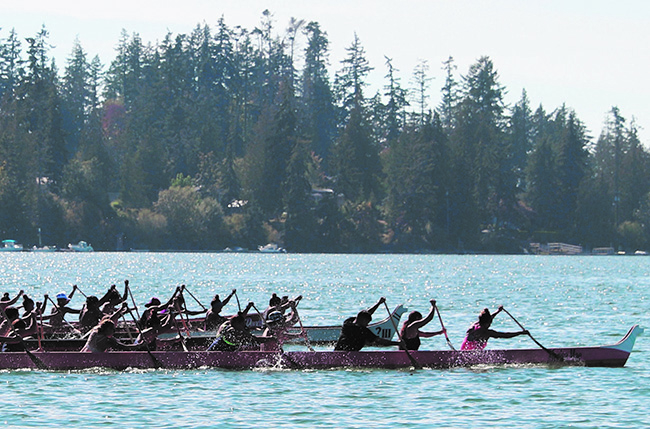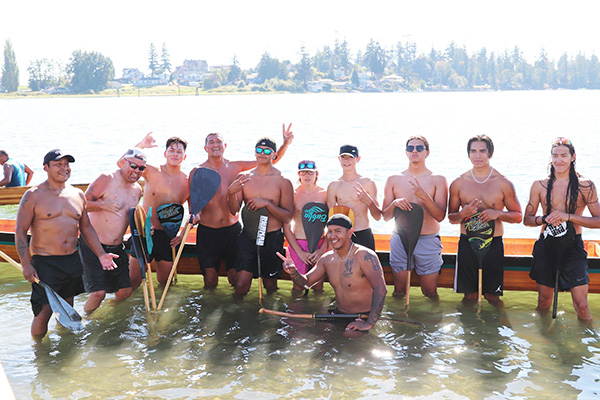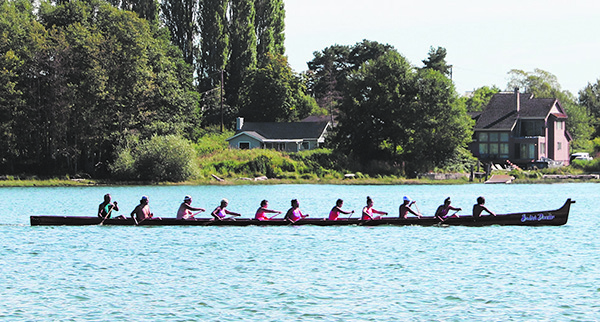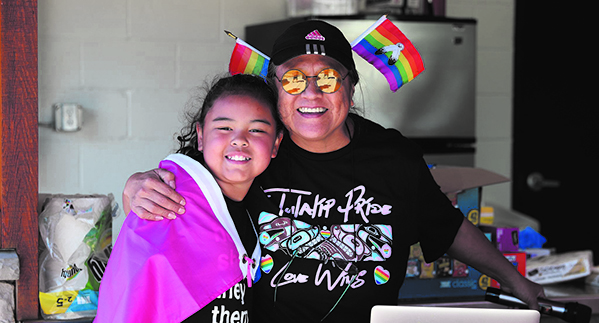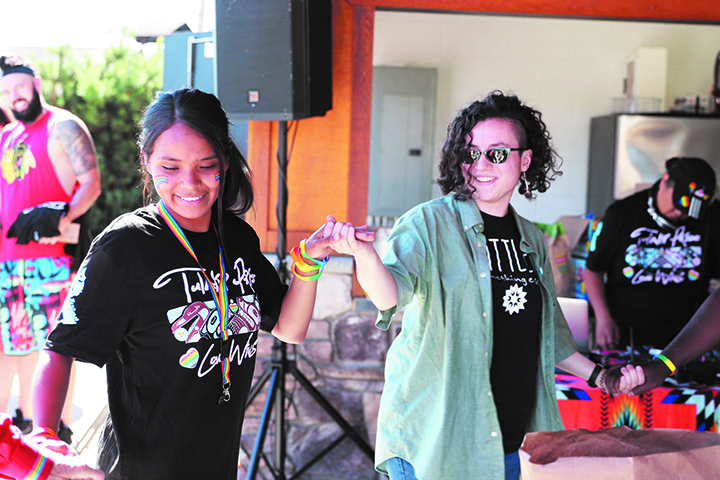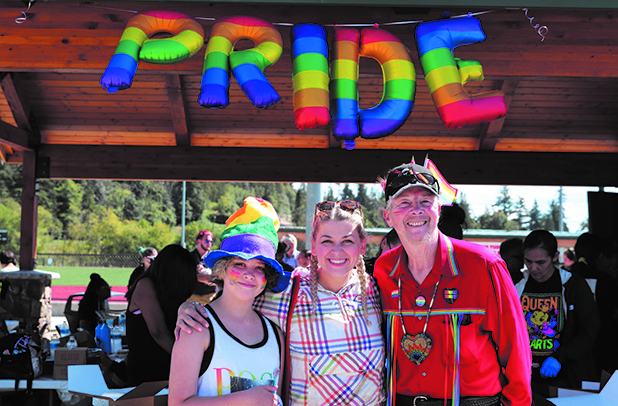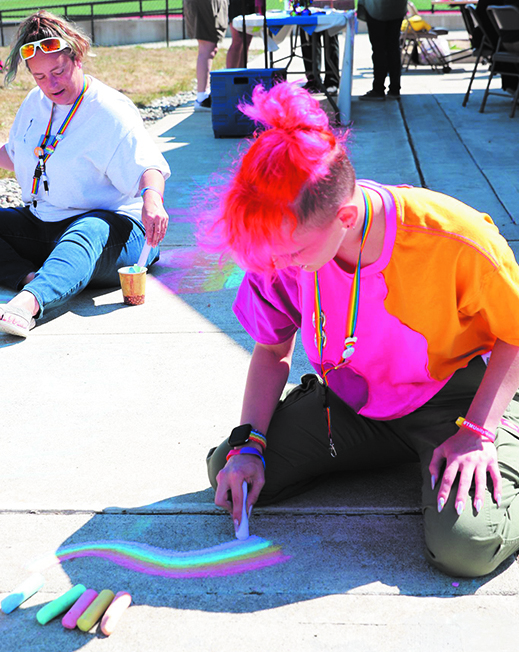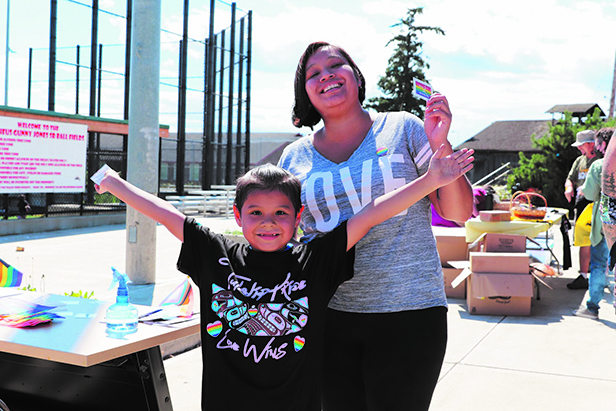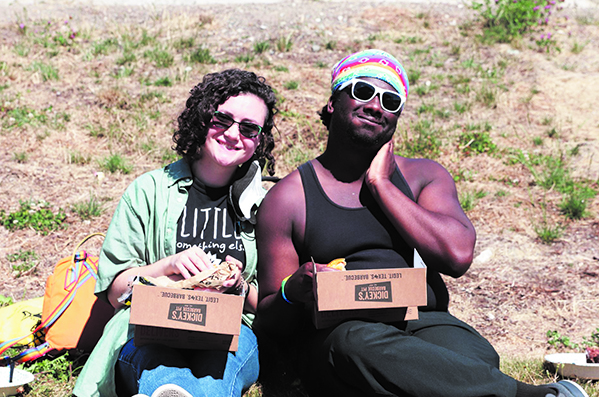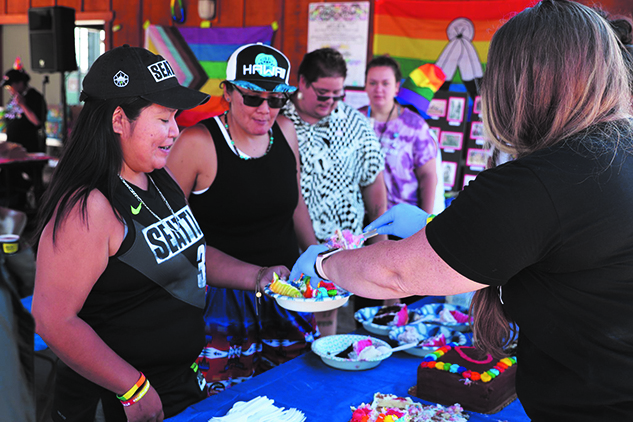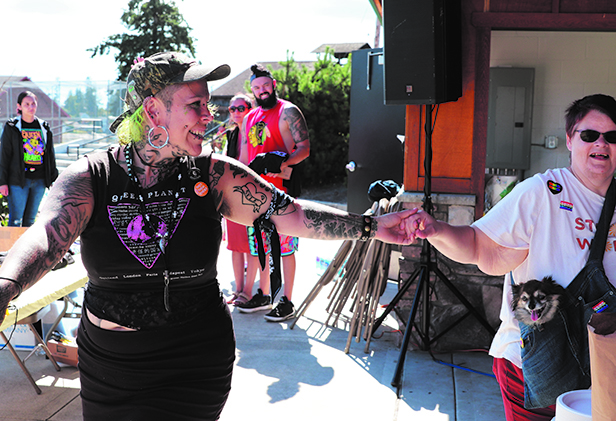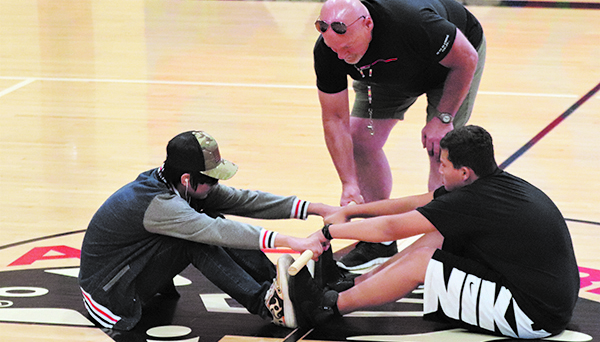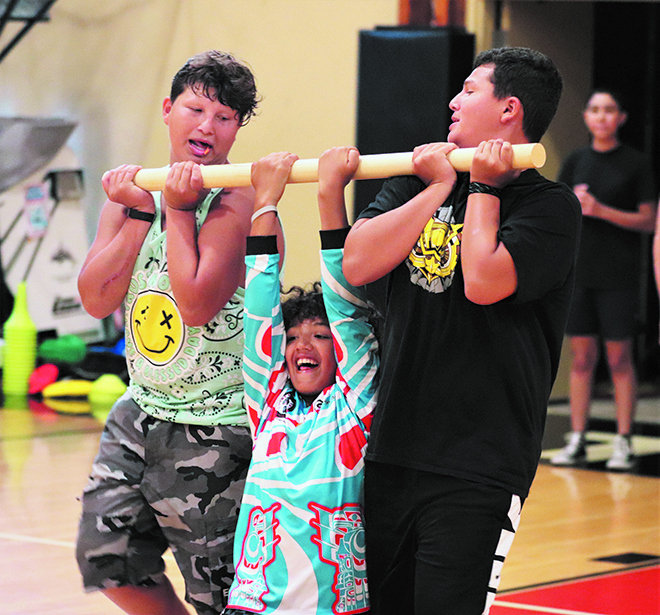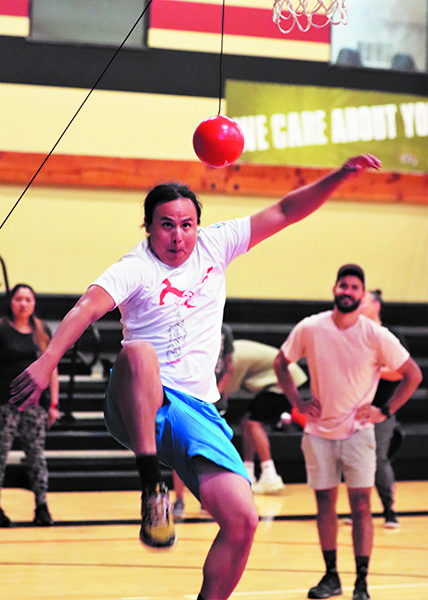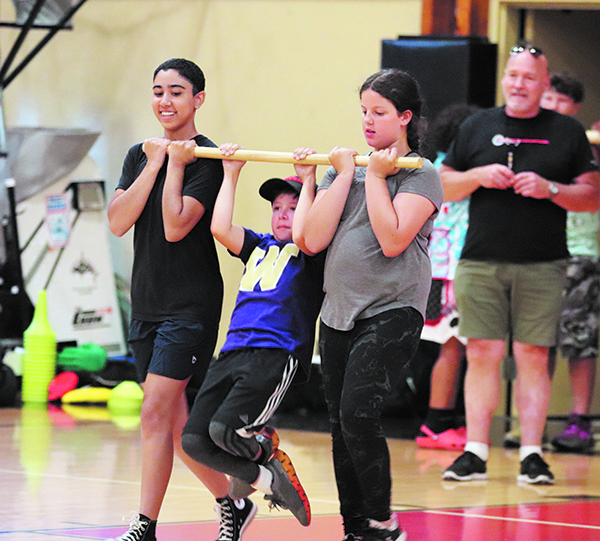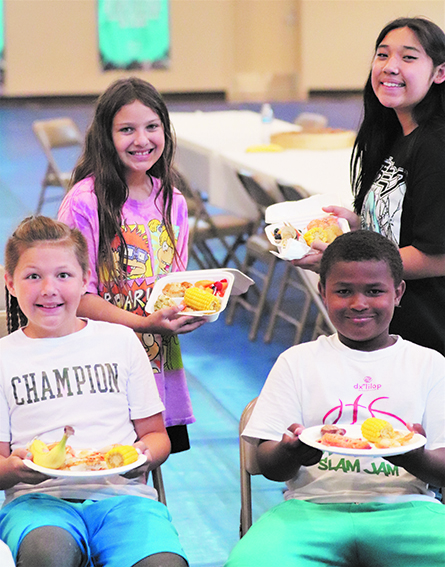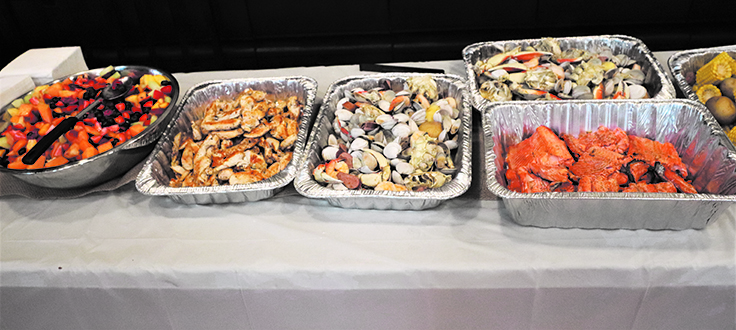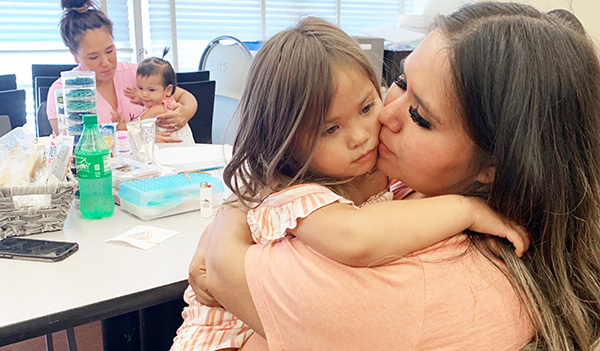
By Shaelyn Smead, Tulalip News
Every Tuesday for the past 10 years, Tulalip moms have been gathering within the Tulalip Mom’s Group; a group created by Family Haven as a safe place where mothers can have their kids play, and the moms can learn new skills, and utilize a variety of resources. For centuries, Native women have been known for their strength in adversity, their perseverance, and for being the heart of their community. However, even the most powerful women, need support too.
As many know to be true, mothers hold a sacred part of most family dynamics. We often call the land we live on and the world that surrounds us ‘Mother Earth’ and/or “Mother Nature”, Philosopher Mircea Eliade proposed a reflection of this name to be not so coincidental. Just like a mother, it is the first thing that we encounter when we enter this universe. Earth holds us just our mother does, nurtures us, and provides the very things that we need to survive. It’s a personification of the women that are life-giving and nurturing in the same ways that nature embodies.
The commonly used phrase “it takes a village to raise a child” has become a bit of an understatement over the years. With Native communities consistently facing issues like the cycles of addiction, generational abuse and trauma, disrupted families, lack of proper medical care, etc., raising a family has quite literally become one of the most difficult jobs. Native mothers are highly aware of the realities that Indigenous children face everyday. Outside of the community, the constant threat of colonial influence in public schooling systems, and the social influences that pressures assimilation in the lives of their children, Native mothers take on a plethora of responsibility in understanding what they must teach and protect their children from in order to preserve their sense of community and culture. Raising a child can be hard enough on its own, but raising a child in an environment that is consistently being disrupted can quickly become scary and extremely strenuous.
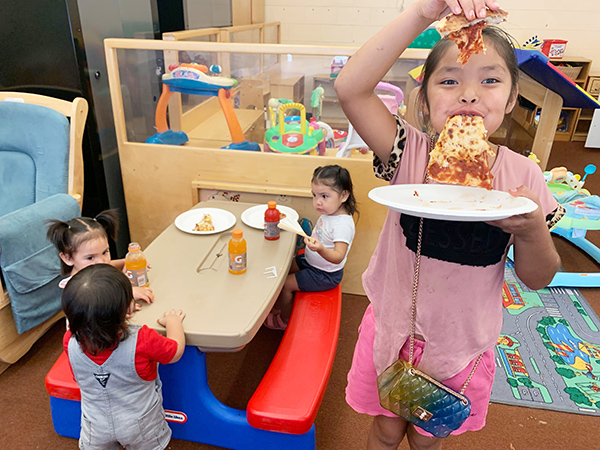
Youth and Family Support Coordinator Sasha Smith has been leading the Mom’s Group and spoke of the specific struggles that inherently effect Native communities, “With generational trauma, we have to look at how that also impacts parenting. With addiction, or lack of hygiene, or cases of abuse, it all plays a huge factor on how moms today are parenting and what they could still learn. If you were parented a certain way, you’re more than likely to parent your children the same way. With the group, moms learn that its okay to acknowledge the past, but also to know that there are things that they can change to give themselves and their children a bright future.”
The group provides many opportunities for mothers to learn organizational skills and parenting habits. The purpose is to teach skills that not only will help their families, but also make the mother a more well-rounded individual.
One major tool that the mothers utilize is the Baby Bucks Incentive Program. The program is designed for mothers to take personal responsibility for being a healthy mom and building a healthy family, and in doing so they earn ‘baby bucks.’ Every week during their meeting, each mom is given a paper with a list of motherly activities, such as taking their children to any needed appointments, exercising for 30 minutes, brushing their teeth day and night, reading with their children, eating together at the table, attending a community gathering, etc. Each activity accounts for a certain amount of ‘baby bucks’ that they earn, turn in, and is signed off by the group’s coordinator. And as they continue to earn and save more ‘baby bucks’ each week, they get to spend them on essential items at their Mom’s Group ‘store.’ The ‘store’ opens every few months and contains items such as kids’ toys, books, clothing, and bigger items like strollers, highchairs, etc., that is provided from funding through the charity table. So, in turn, the incentive program helps both the mother and her children with carrying out family skills, and provides items to help raise children.
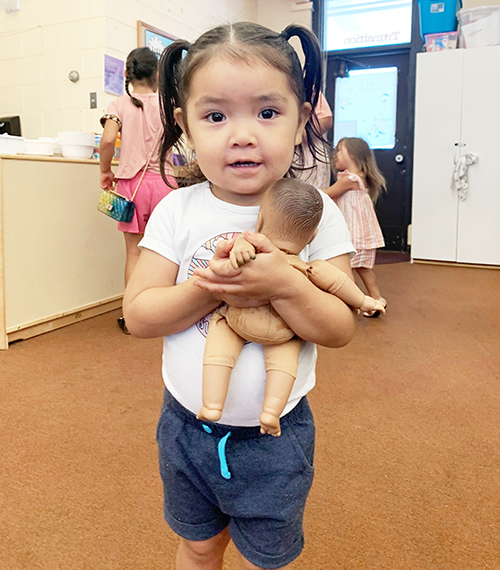
Every week, the moms have the opportunity to connect with other moms to ask questions and seek guidance. The group can request for certain lessons to be taught, adapting each week to the needs of the mothers. Some of the lessons are also gone over when the group partners up with other departments like beda?chelh, the Dental Clinic, the Health Clinic, and the Lushootseed department. These partnerships help bring awareness about the different resources that Tulalip offers to tribal parents and make the weekly lessons more specific and pertain to particular categories of Indigenous parenting.
The group also tries to integrate events outside of the group to give the moms and kids a different change in pace, and activities that are fun for families.
Outside of learning new skills, and access to more essential items, mothers are finding their community. Sometimes being a mom can feel so singular, it consumes you and you can easily feel overwhelmed. Being able to sit down and share a meal and having the support of other Native mothers that know exactly what you’re going through or just simply lending an ear can make all the difference. A place where they can share their grievances about their child’s behavioral problems, or family-related issues or anything else stressful in their life. Sometimes moms don’t need solutions or answers, they just need someone that will listen to them and sympathize with their struggles.
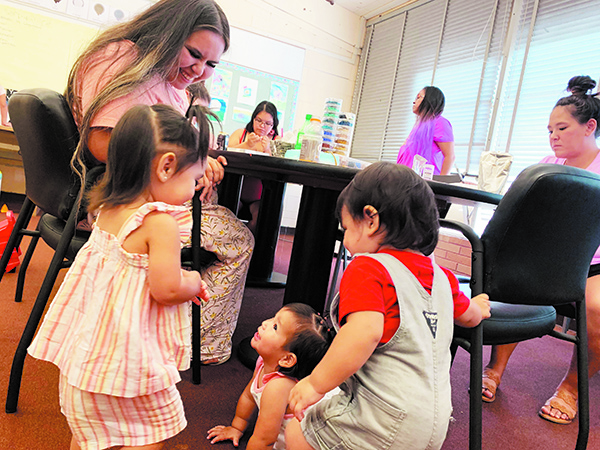
“The group fits the needs for women that are taking care of kids and need that extra support. It can be such a struggle being a parent, and we attract moms from all walks of life. We provide consistency and positive support that some might not be getting outside the group. We’re like a family of our own,” Sasha said.
Most of the women in the group have been attending since the creation of the group, and others since before they even gave birth to their children. It has become a space where women can just be themselves for a moment while their kids can run around and safely play with one another. Having a place that you can go every week and know that you have that sanctuary to just be.
Alayna Helland, Rosebud Sioux and Tulalip tribal member parent, has been attending Mom’s Group since March 2019. When she was finished with her 30-day treatment, she was 4 months pregnant, and in need of a positive environment and a new support system to help with her sobriety and all the challenges that comes with motherhood. Alayna said, “this group has made the biggest difference. I used to feel so isolated. Now I have friends that I can count on, that I know will check in on me, hold me accountable and keep me on the right path.”
With a few other moms in the group that are also tackling sobriety, she found a new sense of belonging in an atmosphere where she can be honest about her journey without judgement. Alayna also talked about how she looks forward to group every week, and the wealth of knowledge she has taken away, “I learned that by becoming a well-rounded person, I can become a more well-rounded parent” she said.
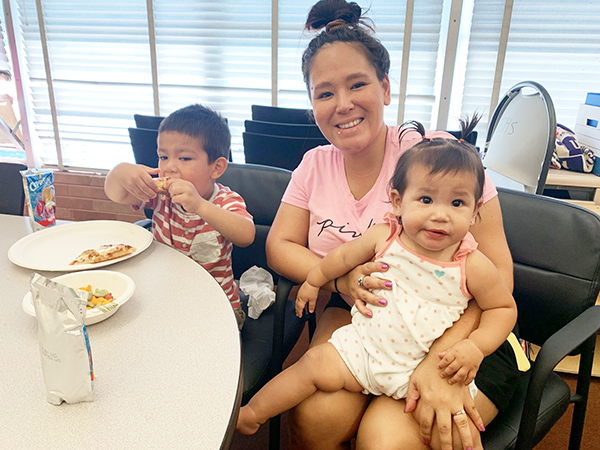
The Tulalip Mom’s Group is reigniting traditional support systems by connecting Tulalip moms with other Tulalip moms, aunties, cousins, sisters and grandmothers. The group isn’t designed to have a formal structure, but rather bring forth the love, teachings, skills, and care that come with child-rearing within tribal communities. It teaches every day tasks that a mother should know to take care of the basic needs of their children, with an additional influence of the culture of our people. The group is designed not to teach you how to be just an effective mother, but how to be an affective Indigenous mother. Knowing the difference is what makes the Mom’s Group so special. Teaching the mothers skills like beading, weaving, and language is just a handful of the Native artistry that can be learned and taught to their children.
In a recent article written by the International Union for Conservation of Nature, Indigenous Maya leader and activist, Dr. Anita F. Tzec spoke about Indigenous mothers and said, “we are the sacred promise and covenant with our future generations as we pass knowledge and techniques between grandmothers, mothers, and daughters.”
The Tulalip Mom’s Group is continuing to uplift each other and future generations. All mothers, aunties, cousins, sisters, and grandmothers that are raising Tulalip children are invited attend and join this free group at any time. Sasha is transitioning out as the group’s leadership, and integrating Kylee Sohappy into the role. If you would like to join, or have any questions about the group, please contact Kylee at 360-716-4402.
